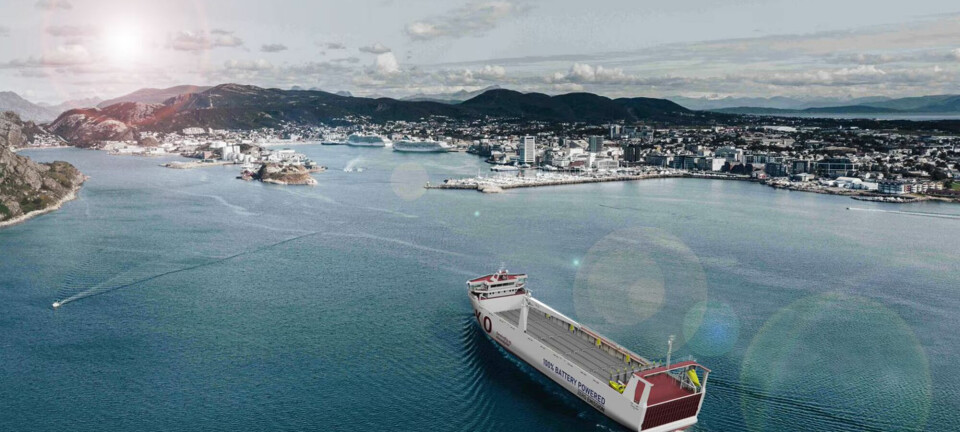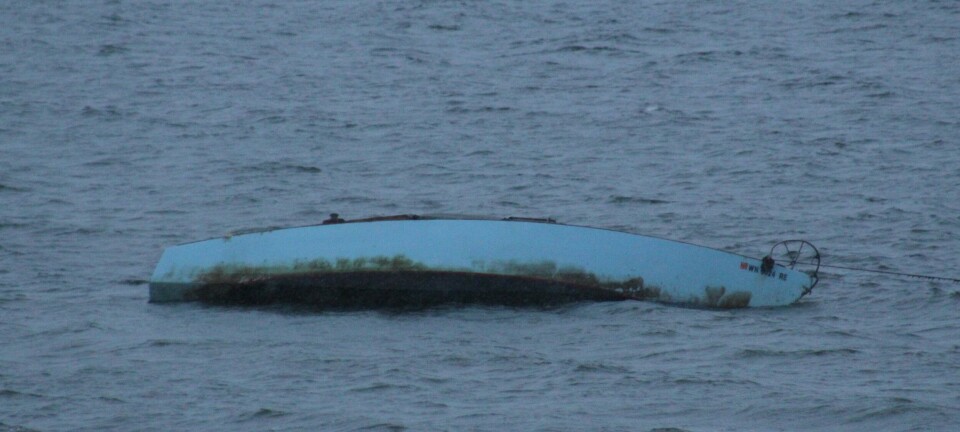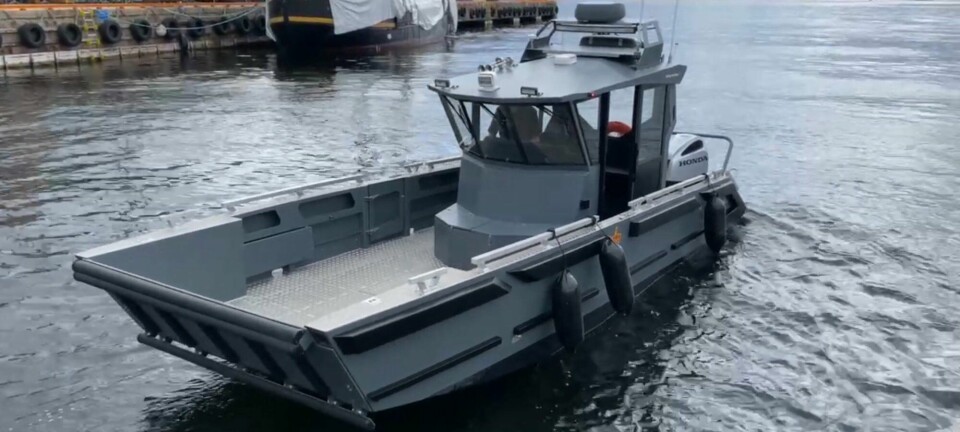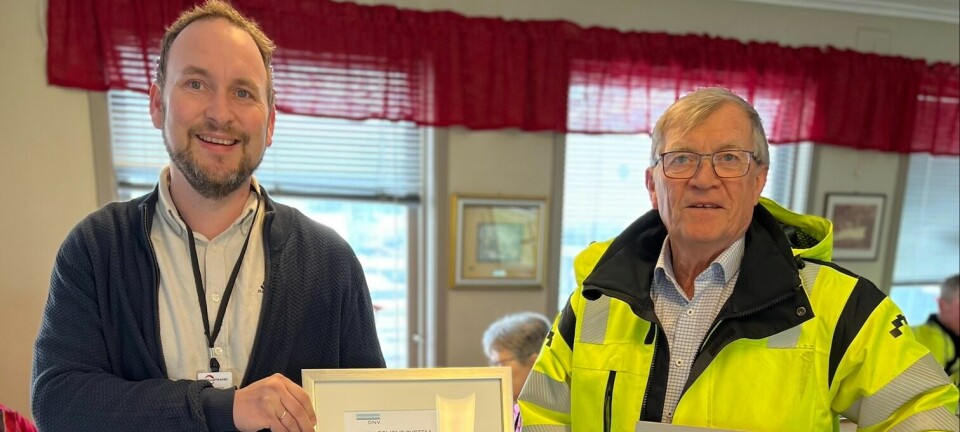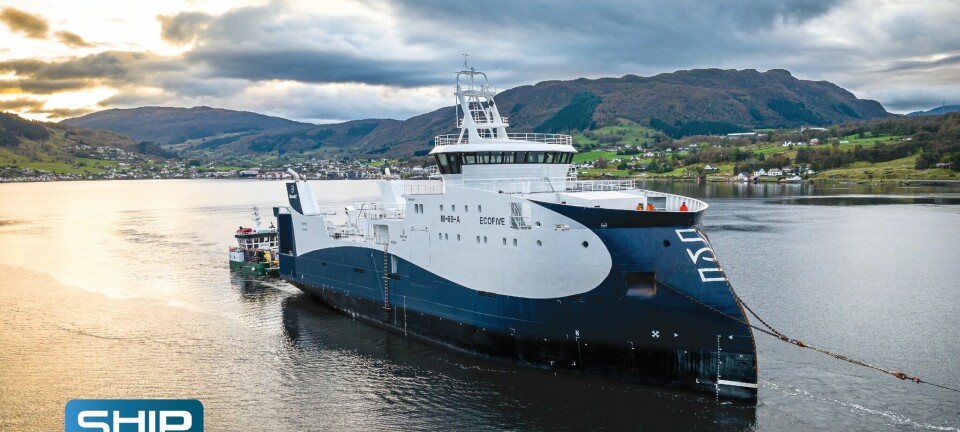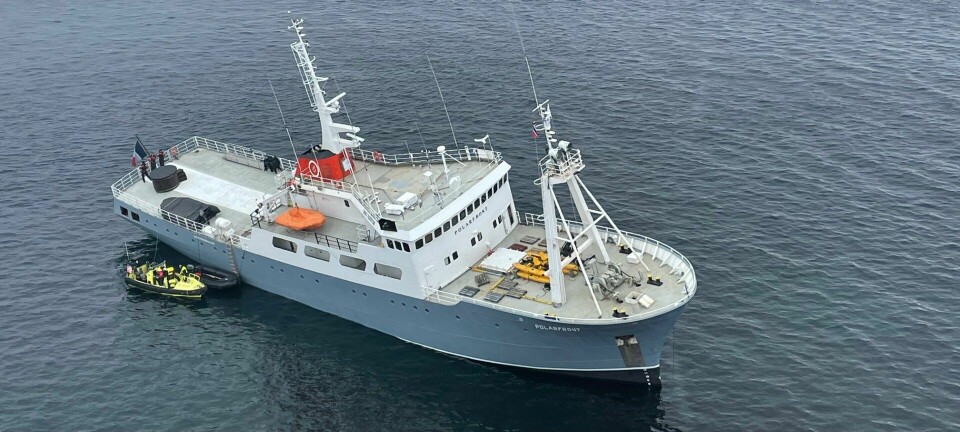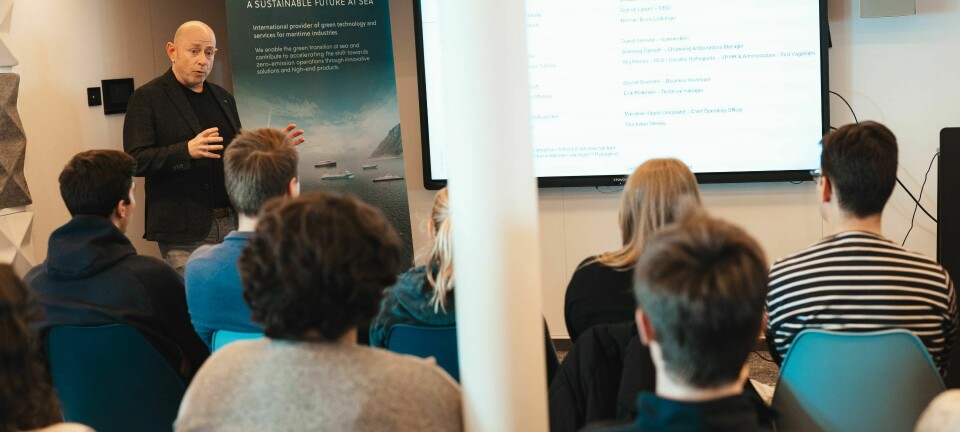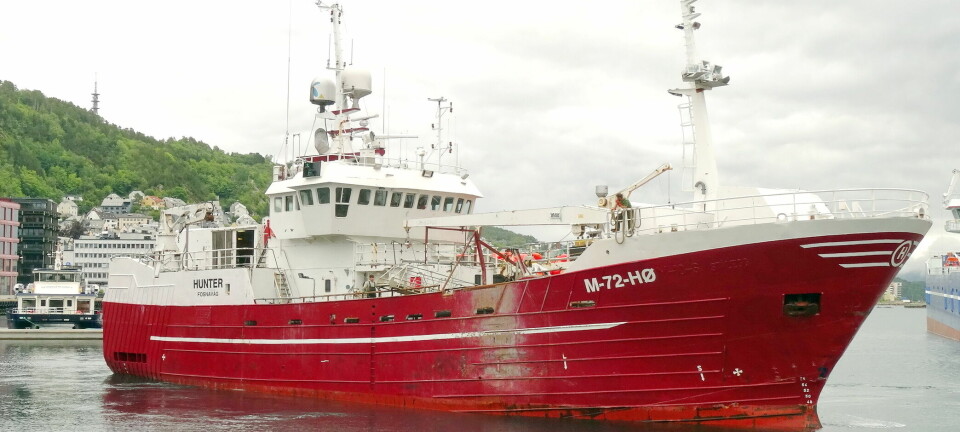
Full speed ahead - Green Ship of the Future
Almost three years after setting sail towards more environmentally friendly and energy-efficient shipping, the Danish maritime industry initiative called Green Ship of the Future is still producing results. Today, products and results from Green Ship of the Future are implemented on more than 100 ships.
Denne artikkelen er tre år eller eldre.
Originally, the aim of Green Ship of the Future was to demonstrate that it was possible to reduce emissions from ships by 30% on CO2, 90% on SOx and 90% on NOx. Initially, four partners went together, but soon more than 15 partners had joined the initiative with a number of projects targeting three main areas, machinery, propulsion and operations. The results of the projects were gathered in two so-called ‘low-emission’ studies on an 8,000 TEU container vessel and a 35,000 DWT handysize bulk carrier where the results were accumulated with respect to interdependent interference and compared with an estimate of the extra cost of implementation of the green technologies.
An important criterion for the low-emission studies was the use of available technologies which meant that it was possible to build the ships as specified. The results of the studies showed that, with the new technologies implemented, it was possible to save 7.2% on CO2, 79.1% on SOx and 98.6% on NOx on the 35,000 DWT handysize bulk carrier and 14% on CO2, 90% on SOx and 80% on NOx on the 8,000 TEU container vessel without lowering the speed or changing main parameters of the vessels. So mission accomplished for NOx and Sox, whereas initiatives are still required to meet 30% CO2.
Technically focus
Since the beginning in early 2008, the Green Ship of the Future initiative has grown to consist of more than 30 partners and comprise more than 20 projects. Since the low-emission studies were completed, the initiative has focused on testing and verification of the results, spreading information about the results of the studies through conferences and articles and bringing new partners together. The strategy has been to let the project partners market their projects and let the Green Ship of the Future secretariat together with the network partners – mainly Danish maritime associations – arrange conferences and initiate joint publicity regarding the Green Ship of the Future initiative as a whole. Christian Schack, General Secretary and project partner through the aero- and hydrodynamic consultancy FORCE Technology, explains, ’The Green Ship initiative has a technical focus in demonstrating what can practically be done to make shipping and shipbuilding more green. Therefore, the resources in Green Ship of the Future are directed towards supporting the continuous development of the projects as well as trying to attract new relevant projects. As the outcomes of the individual projects need to be economically feasible in order to compete with less energy-efficient solutions, the project partners handle the process of communicating the results of their own projects.’
An example of the latter is the newly released article from Maersk and MAN Diesel addressing their findings within dual/multi certification with regard to lowering ship speeds. Another is the pump manufacturer DESMI who offers a so-called Energy Check on the basis of the results of their projects.
The future of Green Ship
Besides the more extrovert activities, development and innovation have been carried out within the Green Ship projects. Christian Schack explains, ‘We have received a very positive feedback on our low-emission studies, so we have decided to continue these studies on other ship types. They have proved to be real innovation enablers. In the coming period, we are continuing our effort of bringing companies from all levels of the maritime industry together in cross-disciplinary projects. In 2011, this will be done through two new studies where the first is a comparative study regarding the 2015-regulations concerning low-sulphur fuel oil within the Emission Controlled Areas, the other is an interesting ferry study.’
Investigating SOx abatement technologies in ECA
The International Maritime Organization’s decision to reduce the sulphur level in fuel oil to 0.1% by 2015 or clean the exhaust gas to an equivalent level holds an interesting challenge regarding retrofitting of ships sailing in the Emission Controlled Areas (ECA).
Green Ship of the Future has formed a new project where a group of companies will work together on comparing various abatement technologies to fulfil the ECA requirements, i.e. the use of scrubber technology, the use of LNG as fuel and the use low-sulphur fuel/distillate. The objective of the project is to set up practical solutions as well as uncovering the financial aspects regarding installation, operation and maintenance of the three alternatives. Basis for the retrofit project is a newly built 38,500 DWT tanker from D/S NORDEN A/S, and the project partners are expected to deliver results during 2011.
In relation to the new projects as well as the completed low-emission studies, the Danish Maritime Fund has played an important role. The original low-emission studies were supported financially by the Danish Maritime Fund, and as the research and development conducted within the ECA project is considered to be important to the business as a whole, the Danish Maritime Fund has decided to co-finance the project jointly with the partners.
Low-emission study of ferry
Another new initiative is expected to be the low-emission study of a Ro-Pax ferry. The focus will naturally be on elements within machinery and propulsion, but the plan is also to look at other areas affecting emission. The study will be performed on an existing Ro-Pax with an already known operation profile, making it possible to benchmark the emission reductions against existing data. The overall target of the study is to achieve the same numerical goals as with the two previous studies, i.e. making companies work together on finding ways to reduce CO2 by 30%, NOx 90% and SOx 90%.
Christian Schack says, ‘In the ferry study, we are initiating new projects concerning HVAC, insulation, windows and lighting, but there might also be projects within investigating how the design of the cargo deck can decrease the loading time in port and thereby help decrease the overall ship speed at sea and still keep schedule with a reduction of emissions as a result.’
Revisiting the existing low-emission vessel projects
A part of the work planned is a revisit to the two low-emission vessels studied in 2009. The focus will be on evaluating any changes in the technology that might improve these projects in terms of emission reduction.
